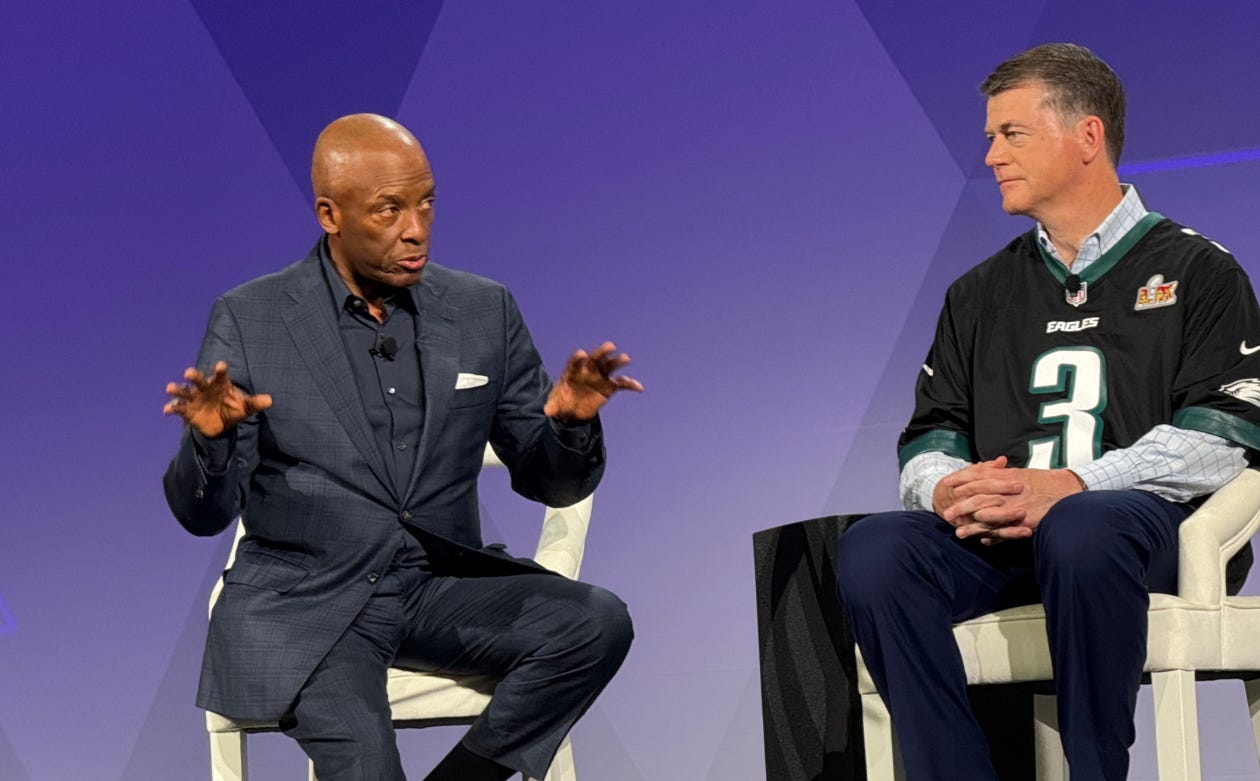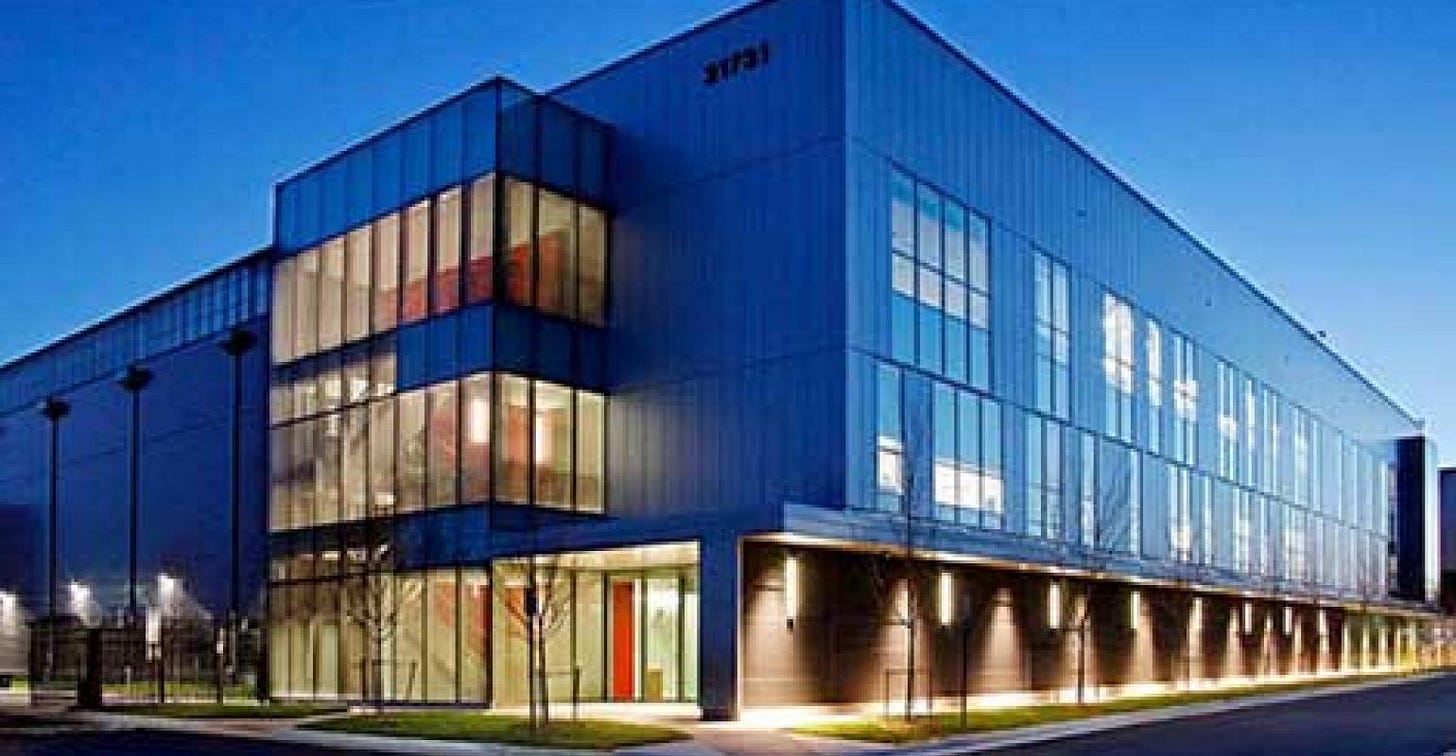Power Moves: How Data Centers Are Changing The Utility Game
As AI and cloud computing ramp up demand, utility CEOs—from Southern Company to PGE—are confronting the future of infrastructure, affordability, and digital demand.

“We can do hard things,” Southern Company CEO Chris Womack said during a Tuesday evening panel at the Edison Electric Institute (EEI) conference in New Orleans.
The challenge he was referencing? Powering America’s rapidly expanding network of data centers without blowing past affordability, reliability, or environmental limits.
Data centers, to the general public, may seem invisible—tucked inside server farms and industrial parks—but they power nearly everything we use: AI tools, video streaming, cloud platforms, digital health systems, and entire business operations. And their appetite for electricity is massive.
By Q3 2024, U.S. data center power demand had surged to 46,000 megawatts—a sharp increase fueled by artificial intelligence, crypto mining, and cloud computing. That number is only expected to climb. Goldman Sachs Research projects that AI-driven data centers alone will consume an additional 200 terawatt-hours annually by 2030.

States like Texas and Virginia are already straining to keep up. Texas supplies nearly 8,000 megawatts to data centers—more than many entire countries consume. In Virginia, Dominion Energy has 40.2 gigawatts of contracted capacity waiting to connect to the grid.
Utilities have long powered the tangible world—our homes, hospitals, and highways. But the digital boom is redefining their role. In the age of AI and cloud computing, data centers are reshaping how energy companies invest, collaborate with regulators, and deliver public value.
At the electric utility industry’s flagship annual conference—during a panel moderated by NFL legends Cooper and Archie Manning—Exelon CEO Calvin Butler, Maria Pope, president and CEO of Portland General Electric (PGE), and David Campbell, president and CEO of Evergy, joined Womack in calling for urgent infrastructure investment.

As custodians of the energy transition, these leaders are tasked with balancing soaring demand against the pillars of affordability, resilience, and sustainability.
Under Pope’s leadership, Portland General Electric has seen industrial demand—driven largely by data centers—grow at a pace equivalent to adding 162,400 households over the past five years. To keep up, the utility has invested $210 million in Washington County alone. Exelon, meanwhile, is investing $38 billion over four years tto modernize its grid and expand renewable capacity. And Southern Company has raised its five-year capital plan by $14 billion, citing expected demand growth of more than 50,000 megawatts by the mid-2030s—80% of it tied to data centers.
The surge in data center electricity demand is fueled by more than just AI. Streaming platforms like Netflix and YouTube now account for 200 terawatt-hours of electricity annually—driven by growing demand for high-resolution video and always-on access. Cryptocurrency mining has also piled on. Bitcoin operations alone consume over 120 terawatt-hours each year. For perspective, that's more than the entire nation of Argentina, home to 45 million people.
Renewable energy projects are scaling up, but not fast enough to meet the tidal wave of demand. As a result, utilities are increasingly turning to long-term power purchase agreements, grid-scale battery storage, and modernized transmission systems. And while tech companies like Google and Microsoft have pledged to run carbon-free data centers by 2030, utility executives are balancing the ideal with what’s feasible.
The digital boom isn’t slowing down—and neither can the utilities tasked with powering it. With billions already committed and the pressure mounting, the energy sector isn’t just adapting. It’s rising to meet the moment.


